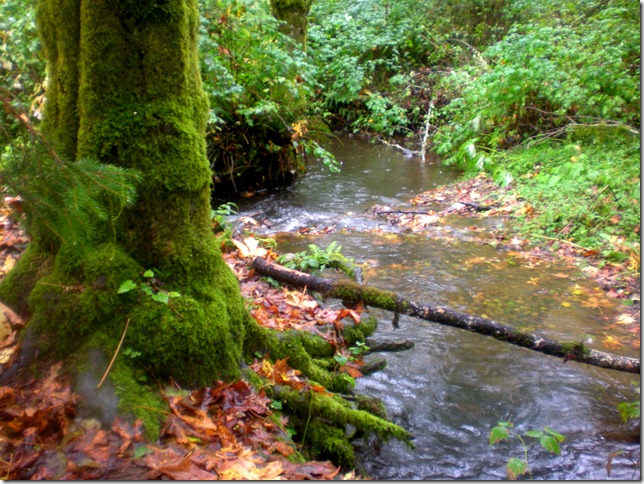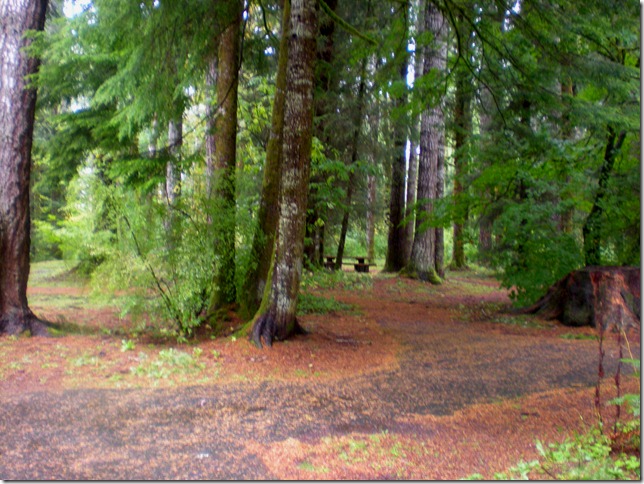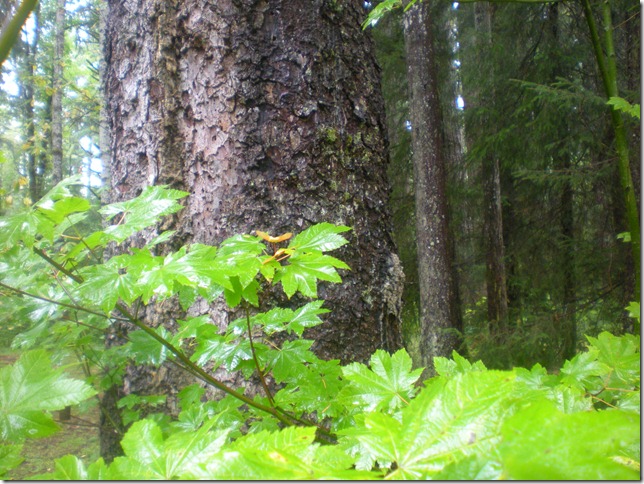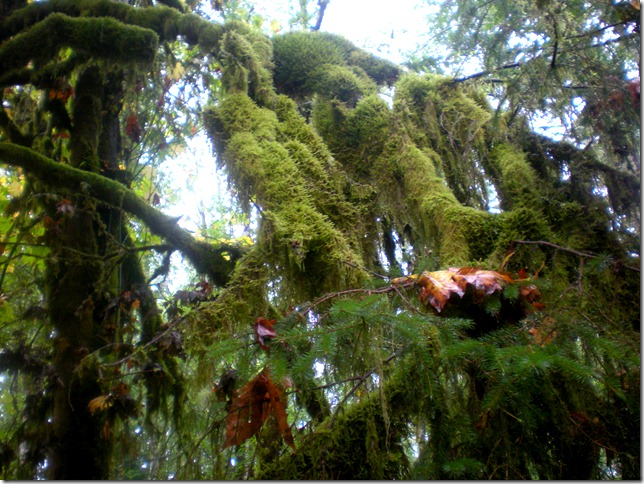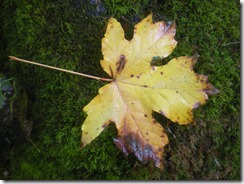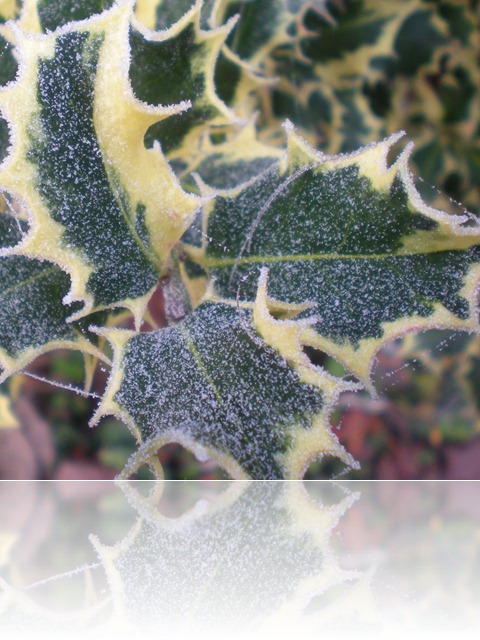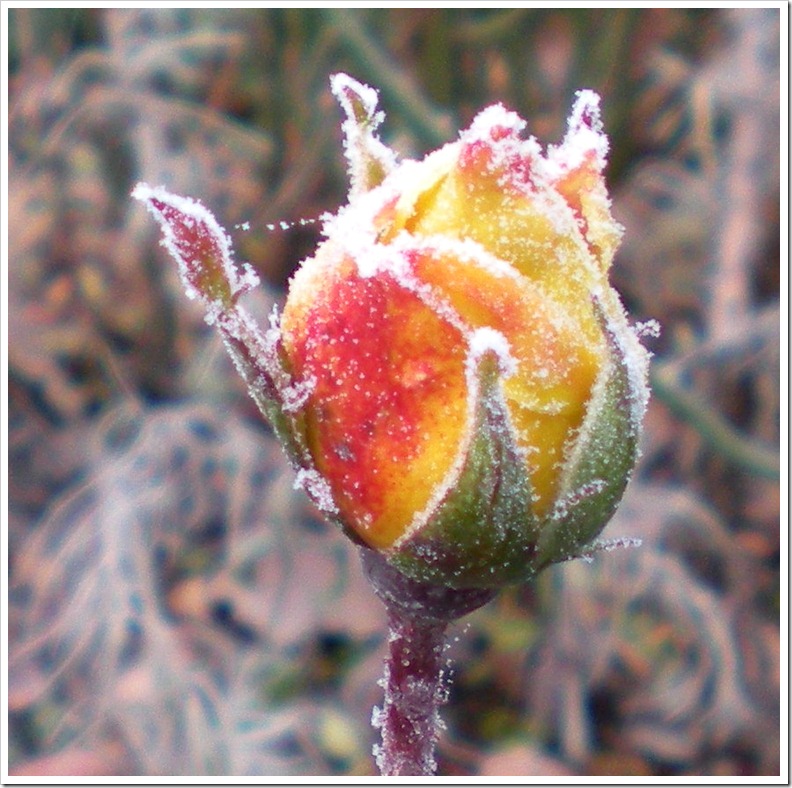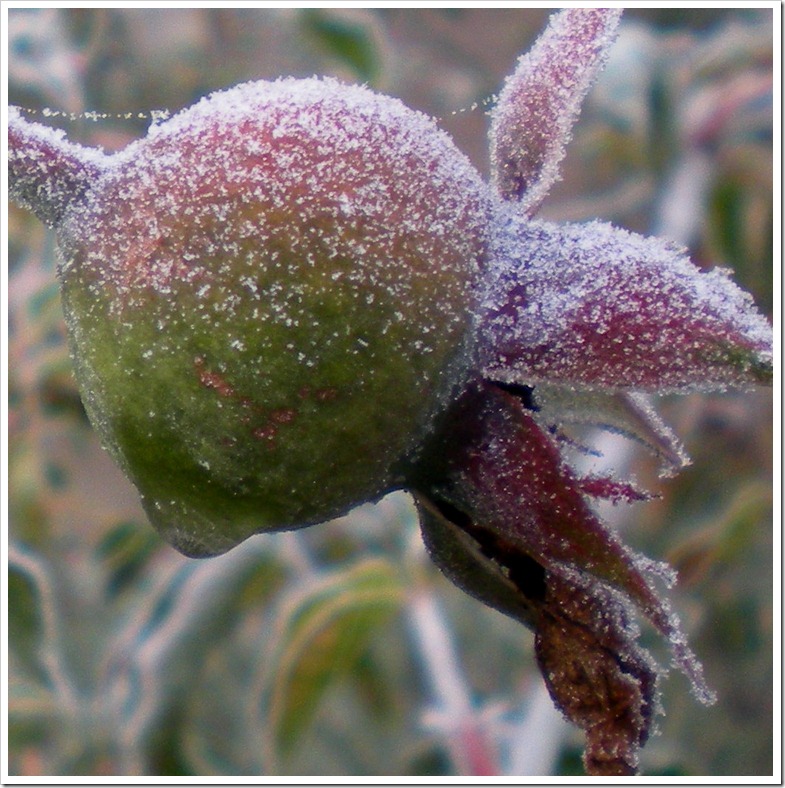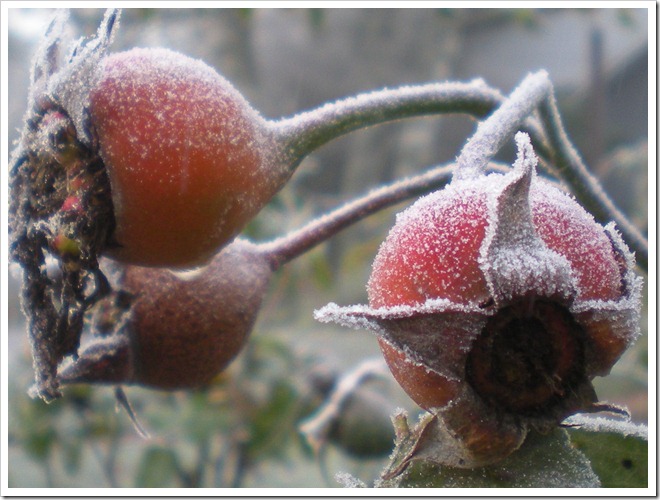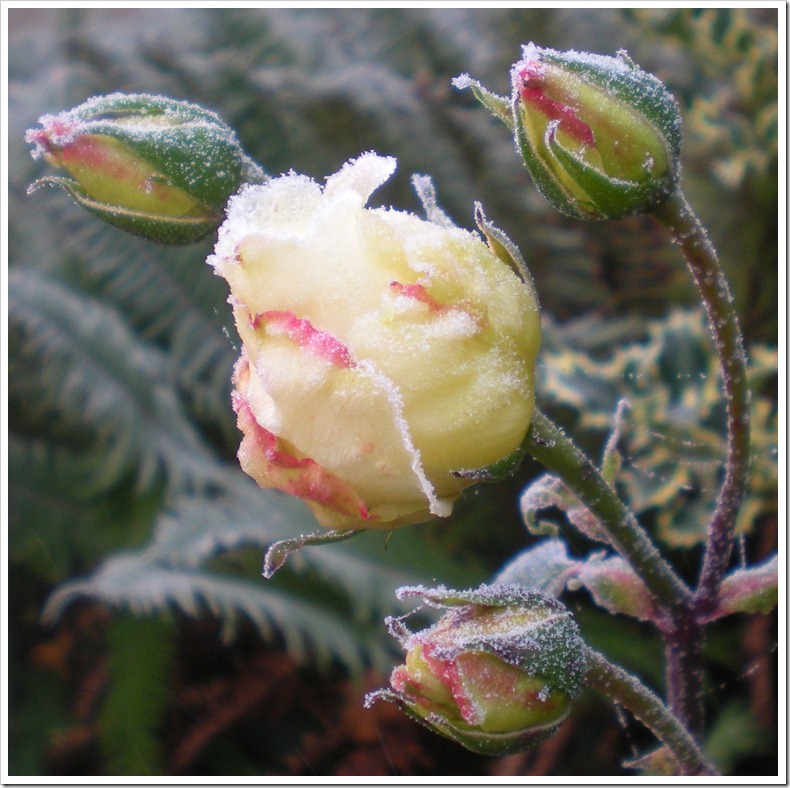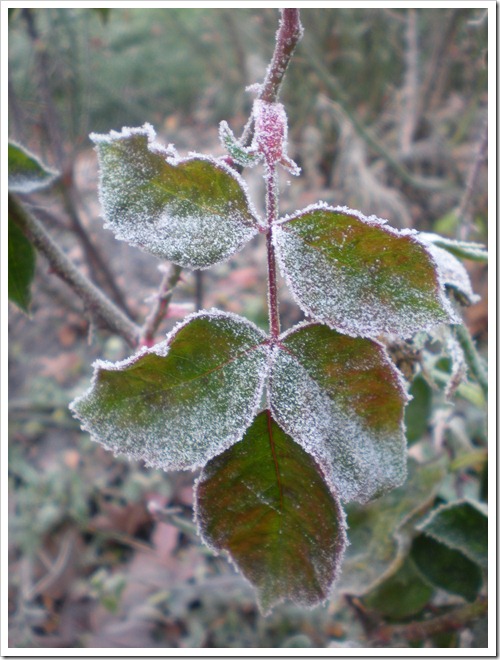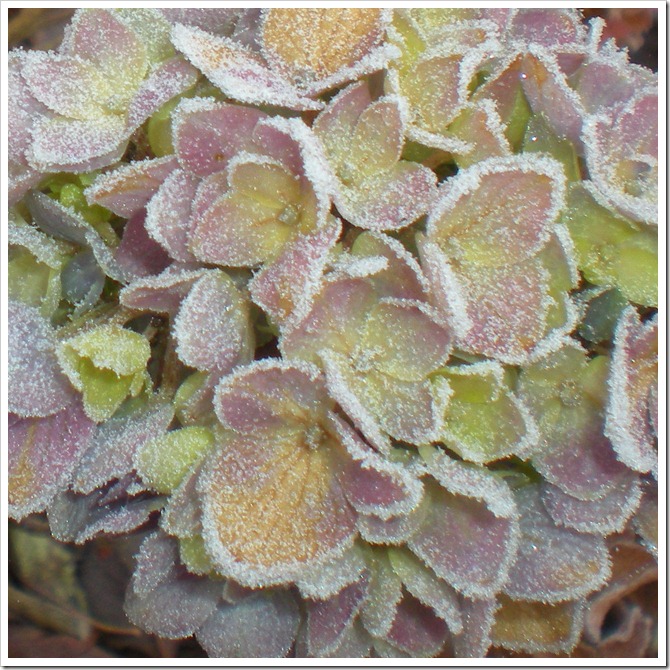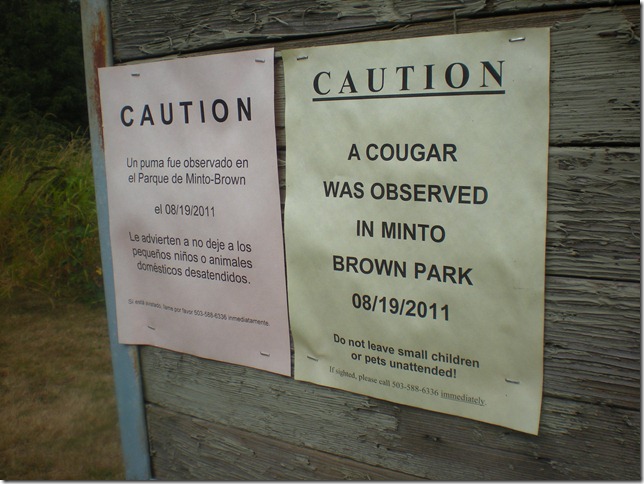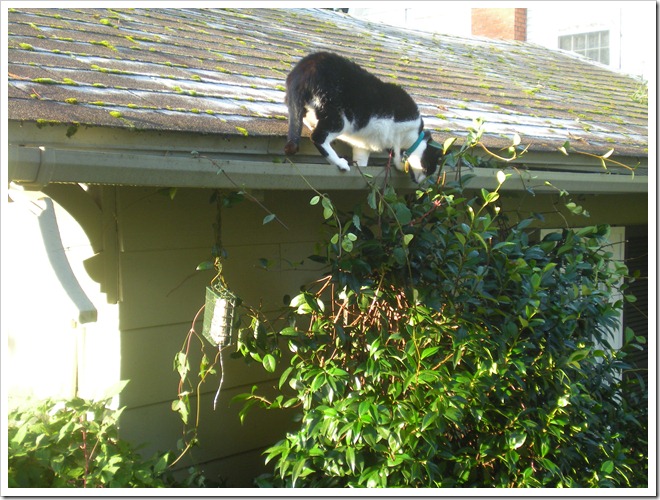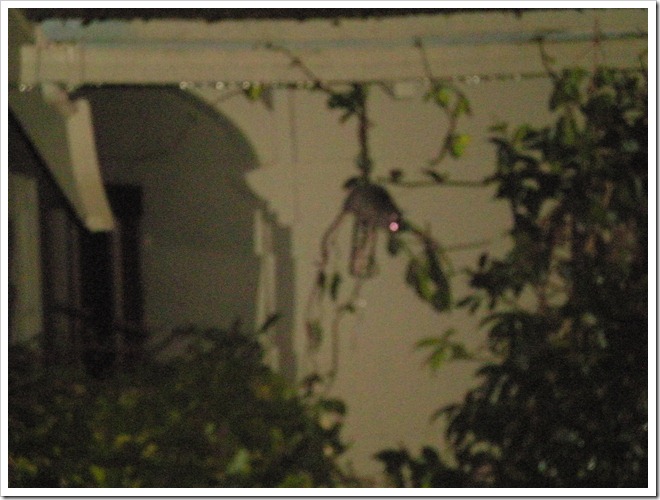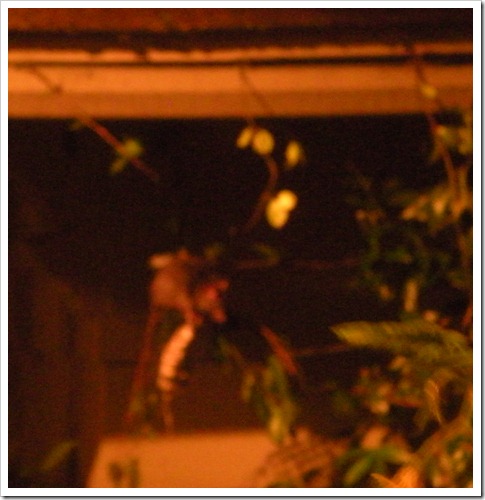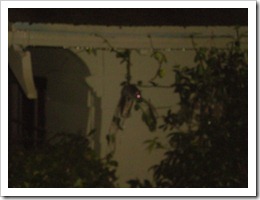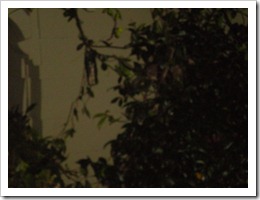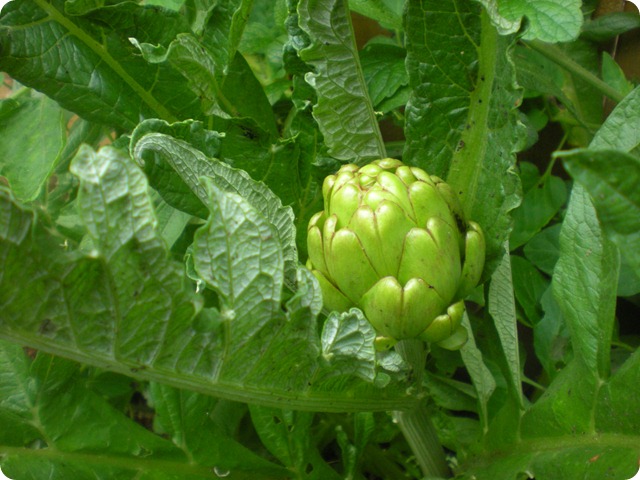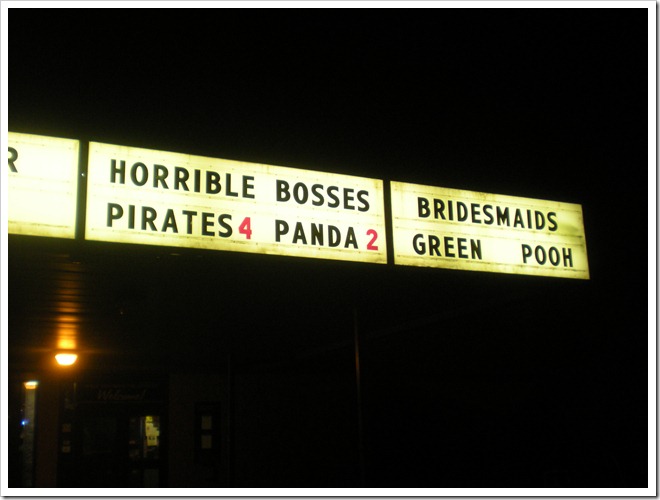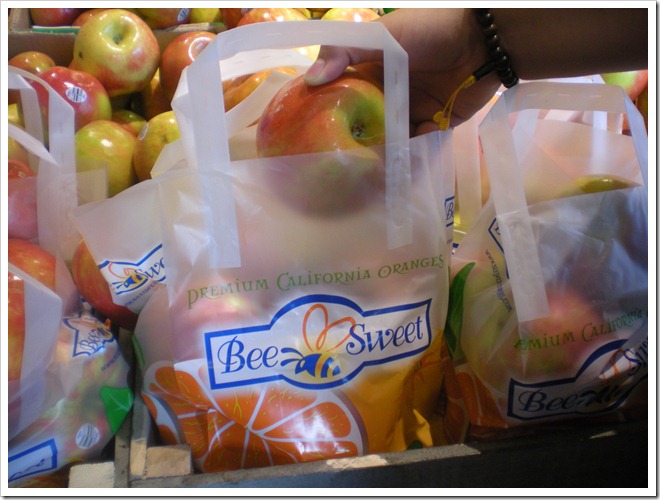Every now and then, Rachel and I need to just get away and relax. Our favorite direction to head is west, toward the Oregon coast, which is only about an hour from home. We usually take the dog, and the plan is to do some beachcombing and just walk in the wet hard-packed sand, breathing in the briny air and watching the seagulls.
Getting there is half the fun. Highways 22 and 18 from Salem to Lincoln City first pass through farmland, wineries and vineyards, logging operations, and a casino. Following the casino is our favorite stretch of road: The Van Duzer Corridor. We love the winding highway, passing lanes, moss covered trees, Salmon Creek, and the summit over Murphy Hill.
Sure, it’s one of the more dangerous stretches of road due to high traffic volume, limited passing, tight curves, sharp drop-offs (guardrails are a luxury item,) and roadbed undermining, but there’s something magical about it.
Sure, it’s one of the more dangerous stretches of road due to high traffic volume, limited passing, tight curves, sharp drop-offs (guardrails are a luxury item,) and roadbed undermining, but there’s something magical about it.
On one particular trip, we didn’t have time to go all the way to the coast and back, so we stopped at the rest area at the west end of Van Duzer, just before Rose Lodge. All of these pictures were taken at the rest area in October, but the lush moss and vibrant greenery stay this way all winter long.
That’s the beauty of Western Oregon – when winter arrives, everything turns all green and beautiful.
Our winter climate is like a wet refrigerator; cool and damp.
Our winter climate is like a wet refrigerator; cool and damp.
Caesar took a break at the rest area and explored a little. Here he is, King of the Tree Stump. This was either a Douglas Fir or Redwood, with a cut diameter of about 4 feet. It was quite a jump for Caesar to get up onto the stump, too, since it’s about 4 feet high.
I can never get enough of the moss. It comes alive in the fall and coats the trees in its various forms: thick dark moss, minty green lichen, chartreuse velvet… I don’t know any of the moss names, so I refer to them based on how they look. Some moss clings tightly to trees, some looks like a fur coat, other forms drip from the branches.
Either way, it’s breathtaking.
The Van Duzer Corridor may be a dangerous stretch of road, but it’s like a magical fairyland.
We love it.
The Van Duzer Corridor may be a dangerous stretch of road, but it’s like a magical fairyland.
We love it.
